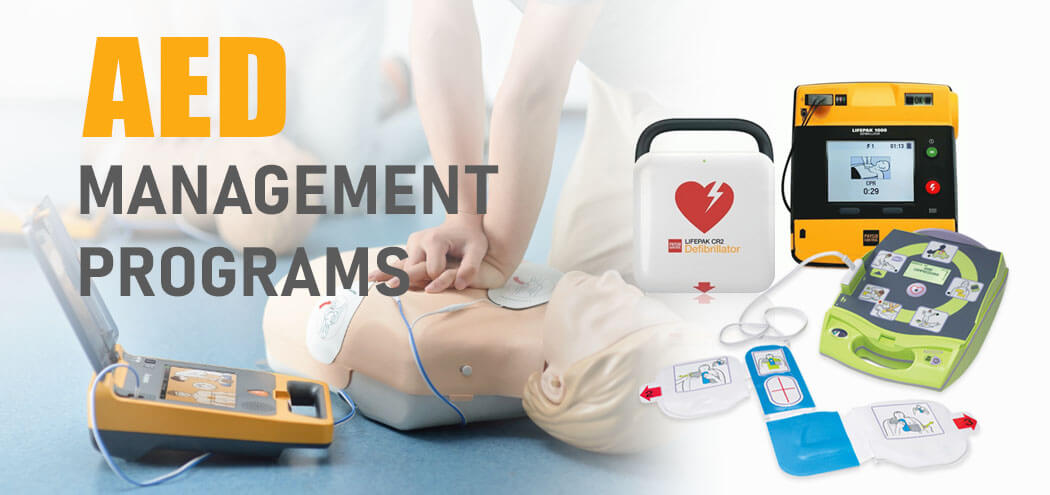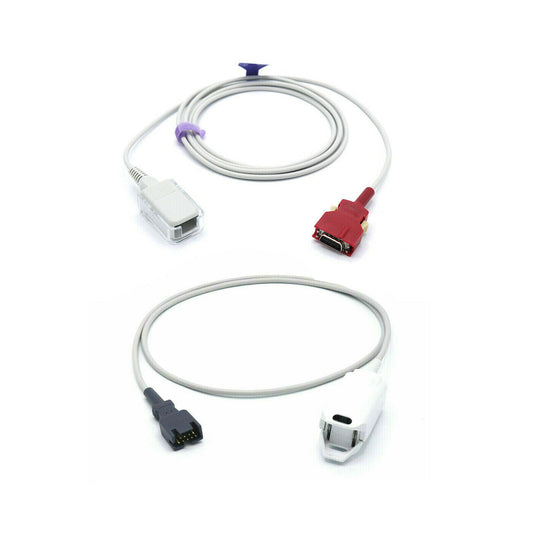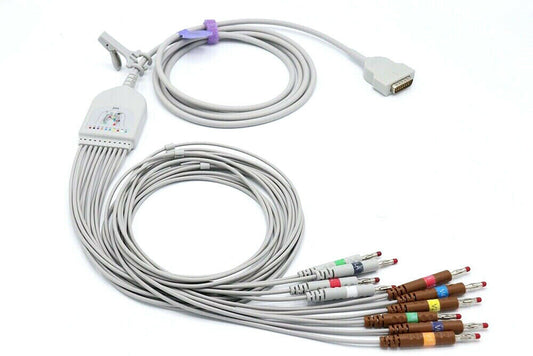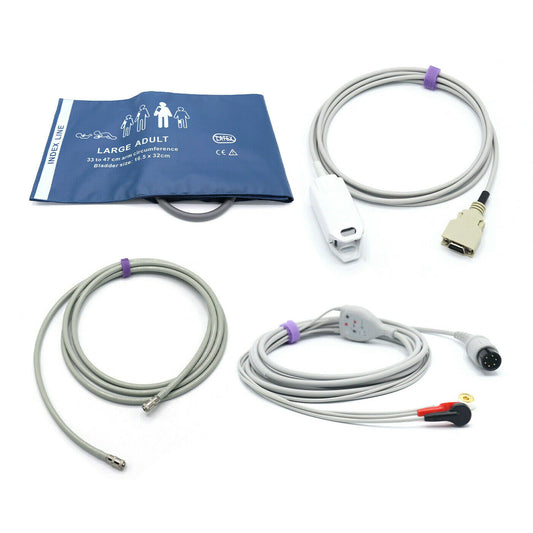Each year in the U.S., roughly 166,000 individuals have an Out-of-Hospital Cardiac Arrest (OHCA). A large predictor of survival includes early use of an Automated External Defibrillator (AED) and availability of emergency medical services (EMS). Of the 166,000 individuals experiencing OHCA every year, only 60 percent receive emergency medical care1.
AEDs are medical devices regulated by the US Food and Drug Administration (FDA) that can improve the survival rates for sudden cardiac arrest. In each state, AEDs have various requirements for maintenance and management. Such requirements may include things such as Preventative Maintenance Checks and Services (PMCS), CPR and AED certification training, defibrillation pad/electrode and battery expiration date management2.
An AED management program is in place to maintain a record that you meet federal and state laws for owning an AED. Being compliant with these requirements can ensure that you are adequately prepared for a cardiac emergency by properly maintaining a life-saving device. It also ensures that you are covered by your state’s Good Samaritan laws, which protect AED owners and users from legal action as the result of using an AED3. These management programs can help to maintain anywhere from one to dozens of AEDs for a business, institution, or even home.

All AED owners and institutions with AEDs should have some form of AED management program to maintain preparedness and uphold compliance with Good Samaritan laws. Some states require medical direction to be compliant with Good Samaritan laws. Medical direction refers to having a physician manage your AED program and continuously review AED-generated data to ensure it is working in accordance with protocols2.
One possibility for obtaining medical direction is by assigning a physician to the program oneself. A more frequently seen option includes having a physician AED program management subscription. A subscription such as this provides the physicians needed to uphold medical direction according to state regulations2. By utilizing a subscription service, AED owners can maintain their AED devices and receive medical direction, thereby confirming compliance with their state and federal regulations.AEDs are critical life-saving devices, and thus, an adequate AED management program can assist in improving survival outcomes in cases of ventricular fibrillation. Anyone can experience cardiac arrest, even those with no prior heart disease. Ventricular fibrillation, if not treated in a timely manner can lead to death. For someone experiencing cardiac arrest, their chances of surviving decrease by seven to 10 percent for every minute they are left untreated with either CPR or an AED. After a period of 10 minutes, resuscitation is not likely to be successful 4.
These statistics are why it is important to have a working AED in the immediate area during a time-sensitive situation that is up to current standards and code. Not only does an AED management program ensure the device is working properly, but it also usually provides CPR AED training and certification for staff to improve outcomes. One study assessing the effectiveness of AEDs, for example, established the importance of AEDs in improving survivability in OHCA. Of those individuals that received bystander CPR but did not have an AED applied before EMS arrival, the survival rate was 9 percent. Of those that received an AED shock before EMS arrival, the survival rate rose to 38 percent5. Based on the size of a facility and after calculating the time and back from the nearest AED, a location may require a greater number of units to achieve a safer work environment. Additionally, having a well trained and well informed staff that are comfortable in stressful situations such as a downed coworker or patron, can increase survivability of the patient.
There are many AEDs that have been approved by the FDA for use including the Lifepak 1000, Lifepak CR2, Zoll AED Plus, and Zoll AED 3. All units are voice prompted to ensure that the user is properly utilizing the AED. These units are frequently utilized in both private practice doctors offices as well as public and private businesses to ensure the safety of the people around them.
References
- Sasson, C., Rogers, M. A. M., Dahl, J., & Kellermann, A. L. (2010). Predictors of survival from out-of-hospital cardiac arrest. Circulation: Cardiovascular Quality and Outcomes, 3(1), 63–81. https://doi.org/10.1161/CIRCOUTCOMES.109.889576
- AED program management and compliance| AED USA. (n.d.). Retrieved April 13, 2022, from https://www.aedusa.com/aed-management
- What is AED program management and do you need it? (2018, June 4). AED Superstore Resource Center. https://www.aedsuperstore.com/resources/aed-program-management/
- Automated external defibrillators (Aeds)—Overview | occupational safety and health administration. (n.d.). Retrieved April 17, 2022, from https://www.osha.gov/aed
- Weisfeldt, M. L., Sitlani, C. M., Ornato, J. P., Rea, T., Aufderheide, T. P., Davis, D., Dreyer, J., Hess, E. P., Jui, J., Maloney, J., Sopko, G., Powell, J., Nichol, G., & Morrison, L. J. (2010). Survival after application of automatic external defibrillators before arrival of the emergency medical system. Journal of the American College of Cardiology, 55(16), 1713–1720. https://doi.org/10.1016/j.jacc.2009.11.077







